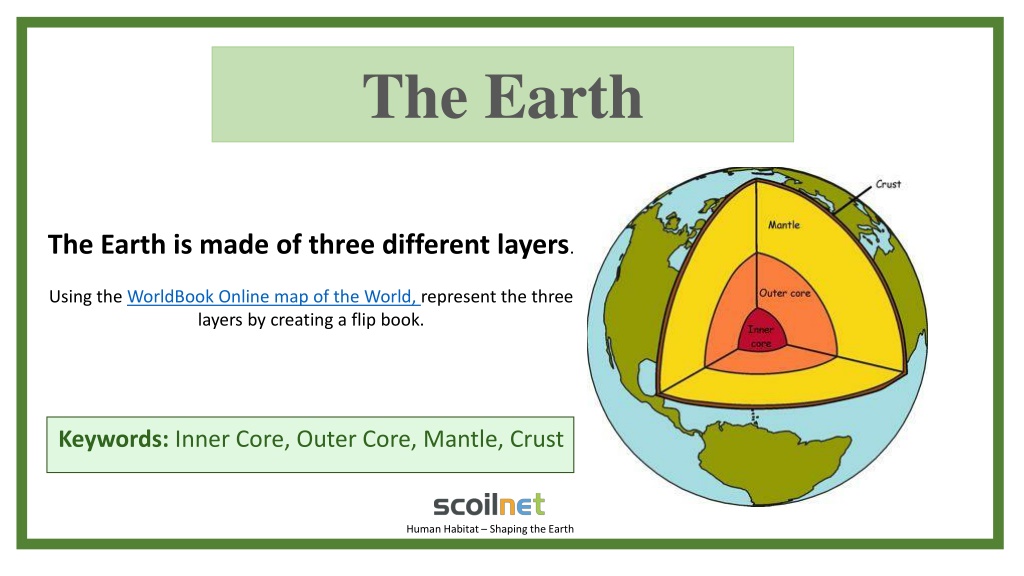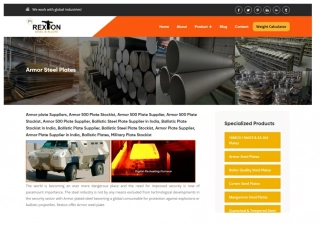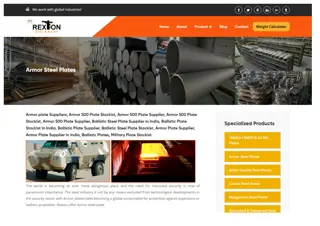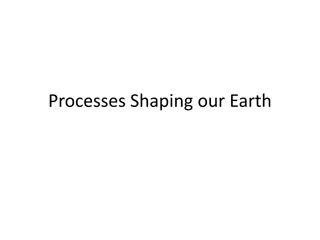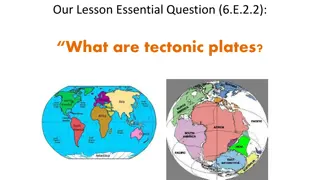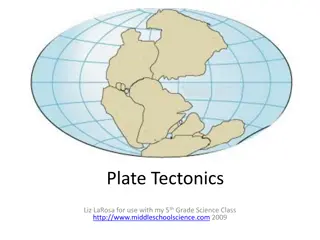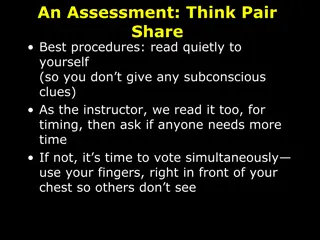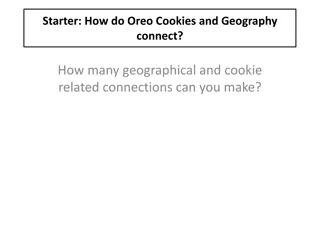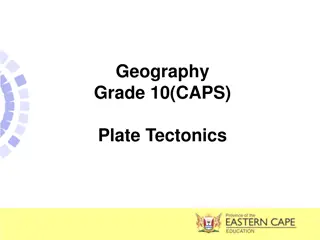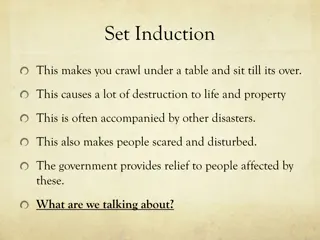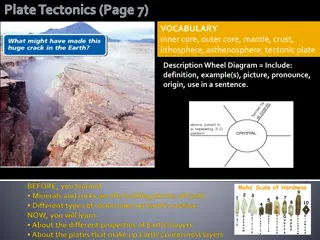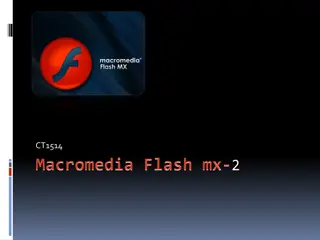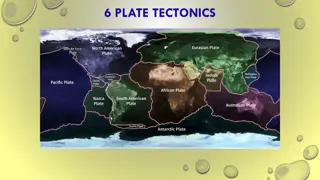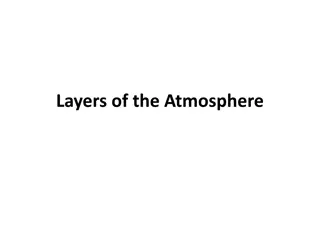Exploring the Layers of the Earth and Plate Movement
Dive into the composition of the Earth through its layers - Crust, Mantle, Outer Core, and Inner Core. Understand how plate movement affects the Earth's surface and human habitat. Interactive activities and group discussions enhance learning about the Earth's structure.
Download Presentation

Please find below an Image/Link to download the presentation.
The content on the website is provided AS IS for your information and personal use only. It may not be sold, licensed, or shared on other websites without obtaining consent from the author. Download presentation by click this link. If you encounter any issues during the download, it is possible that the publisher has removed the file from their server.
E N D
Presentation Transcript
The Earth Image result for earth crust mantle core diagram The Earth is made of three different layers. Using the WorldBook Online map of the World, represent the three layers by creating a flip book. Keywords: Inner Core, Outer Core, Mantle, Crust Human Habitat Shaping the Earth
In groups, discuss the statements below and decide which statement describes the keywords. Students can use the following online interactive sites to help them decide. Made of molten (melted) rock called magma Two parts the outer and the inner core Outer core made of molten metals, nickel and iron Inner core it is solid due to high pressure Made of solid rock 10 km thick under the oceans and 60 km under the continents Temperatures of 4000 C This part is solid due to high pressure. Keywords Crust Mantle Inner Core Outer Core Made of solid rock 10 km thick under the oceans and This part is made of molten metals, nickel and Two parts the outer and the inner core Outer core made of molten metals, nickel and iron Inner core it is solid due to high pressure iron. Made of solid rock 10 km thick under the oceans and 60 km under the continents 60 km under the continents. Human Habitat Shaping the Earth
Using the following interactive online website; 1. Label the parts of the Earth. 2. Record the approx. temperature of each part. 3. Record the approx. thickness of each part. Human Habitat Shaping the Earth
Crust Lithosphere Asthenosphere Mantle Outer Core Inner Core Human Habitat Shaping the Earth
Image result for earth crust mantle core diagram The Earth s Crust The crust is broken up into pieces called plates. The edges of the plates are called plate boundaries. African Plate Eurasian Plate Australian Plate American Plate Pacific Plate Indian Plate Continents sit on top of these plates. Match the continents to the plates Nazca Plate Human Habitat Shaping the Earth
Can Plates Move? Plates move due to convection currents in the mantle. In groups, cut the world map up and check whether the continents fit together like a jigsaw puzzle. Human Habitat Shaping the Earth
? Human Habitat Shaping the Earth
Read the WorldBook Online article about Alfred Wegener Human Habitat Shaping the Earth
Image result for Pangea Continental Drift Read the WorldBook Online article about Alfred Wegener. 1. Alfred Wegener proposed the continental drift theory in 1912, explain the theory he proposed? 2. What was the Pangaea ? Millions of years ago all the continents fitted together in one large land mass called Pangea. It eventually broke up and all the continents drifted to their present-day positions. The continents are still moving today. 3. List three ways in which Alfred Wegener supported his continental drift theory. Timeline animation. Human Habitat Shaping the Earth
Plate Boundaries Plates move due to convection currents in the mantle. The edges of the plates are called plate boundaries and there are three types: Image result for convection currents Image result for convection currents Image result for convection currents Destructive Constructive Conservative
Match the plate boundary name, diagram and description together Match Activity Image result for convection currents Constructive Destructive Conservative Two plates push together One plate is forced down into the mantle and destroyed Land above is forced upwards forming, Fold Mountains, earthquakes and volcanic mts. Two plates slide past each other Land is neither created nor destroyed Great build-up of pressure Causes earthquakes e.g. San Andreas Fault When two plates pull apart Magma forces up Cools to form new crust It forms features like the Mid Atlantic Ridge Volcanic Islands Structure of the Earth Matching Task Human Habitat Shaping the Earth
Extension task: Explain how volcanoes, earthquakes and fold mountains are formed. Self Assess Image result for convection currents Constructive Conservative Destructive When two plates pull apart Magma forces up Cools to form new crust It forms features like the Mid Atlantic Ridge Volcanic Islands. Two plates slide past each other Land is neither created nor destroyed Great build-up of pressure Causes earthquakes e.g. San Andreas Fault Two plates push together One plate is forced down into the mantle and destroyed Land above is forced upwards forming, Fold Mountains, earthquakes and volcanic mts. Human Habitat Shaping the Earth
What I learned: Where I learned it: New questions: Human Habitat Shaping the Earth
